Home>Storage & Organization>Kitchen Organizing Tools>How To Organize Restaurant Kitchen
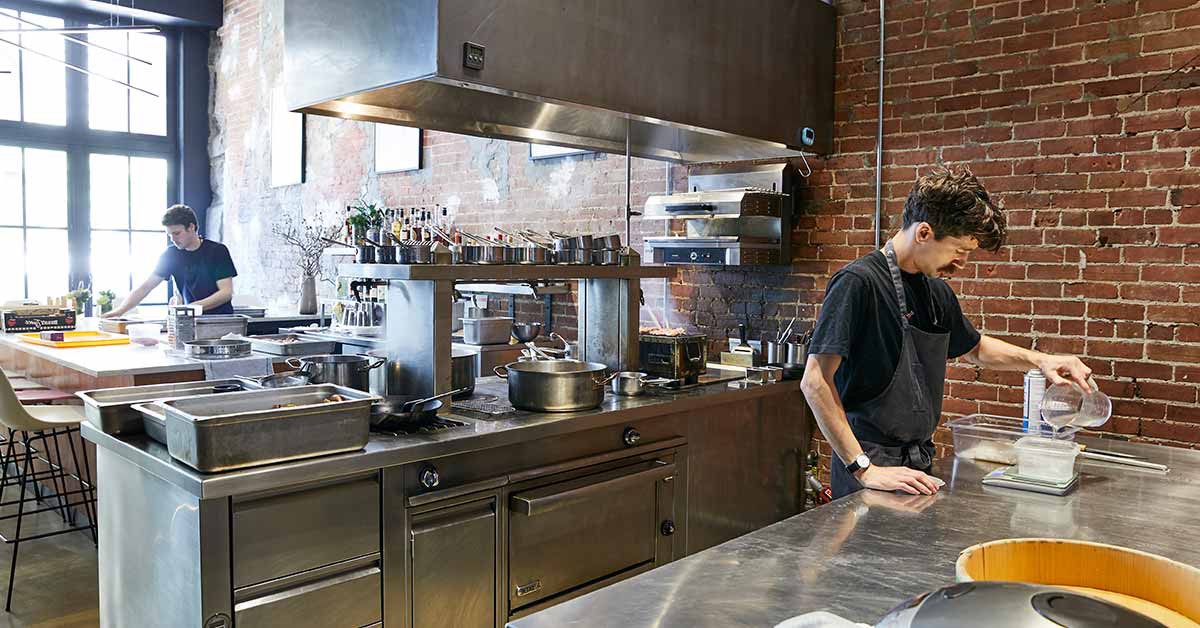

Kitchen Organizing Tools
How To Organize Restaurant Kitchen
Published: March 3, 2024
Discover the best kitchen organizing tools and tips to streamline your restaurant kitchen. Maximize efficiency and create a well-organized workspace with our expert advice.
(Many of the links in this article redirect to a specific reviewed product. Your purchase of these products through affiliate links helps to generate commission for Storables.com, at no extra cost. Learn more)
Importance of Kitchen Organization
Kitchen organization is crucial for the smooth operation of a restaurant. A well-organized kitchen can lead to increased efficiency, improved safety, and enhanced productivity. It ensures that ingredients and supplies are easily accessible, reduces the risk of cross-contamination, and promotes a clean and orderly working environment. Moreover, a properly organized kitchen can contribute to a positive dining experience for customers, as it enables the staff to prepare and serve meals in a timely manner. In essence, kitchen organization is the foundation upon which a successful restaurant operation is built.
Key Takeaways:
- Keep your restaurant kitchen organized to boost efficiency, safety, and productivity. A well-designed layout, efficient storage, and clear communication are key to success.
- Embrace technology to streamline kitchen operations. From inventory management to digital recipe databases, technology enhances organization and efficiency in modern restaurant kitchens.
Layout and Design of the Kitchen
The layout and design of a restaurant kitchen play a pivotal role in its overall functionality and efficiency. Here are some key factors to consider when organizing the layout and design of the kitchen:
1. Workflow Efficiency
The kitchen layout should be designed to facilitate a smooth workflow. This involves strategically placing different stations such as the prep area, cooking area, and plating area to minimize the movement of kitchen staff. By optimizing the workflow, it becomes easier for the chefs and kitchen staff to collaborate seamlessly during food preparation and service.
2. Safety and Accessibility
Safety should be a top priority when designing the kitchen layout. It's essential to ensure that there is ample space between equipment and workstations to prevent accidents and injuries. Additionally, the layout should provide easy access to fire suppression systems, emergency exits, and first aid supplies.
3. Flexibility and Adaptability
A well-designed kitchen layout should be flexible enough to accommodate changes in the menu, seasonal variations in food preparation, and fluctuations in customer demand. This adaptability ensures that the kitchen can efficiently handle varying workloads without compromising on quality and service.
4. Zoning and Segregation
Effective zoning and segregation of different kitchen functions can contribute to a more organized and efficient workspace. For instance, separating the hot and cold food preparation areas, as well as designating specific areas for food storage, dishwashing, and waste disposal, can prevent cross-contamination and streamline the overall kitchen operations.
5. Ergonomics
Consideration should be given to the ergonomic design of the kitchen layout to minimize physical strain on the kitchen staff. This includes the placement of equipment at appropriate heights, the use of anti-fatigue mats, and the incorporation of comfortable work surfaces. A well-designed kitchen layout can help reduce the risk of repetitive strain injuries and enhance the overall well-being of the kitchen staff.
By carefully planning the layout and design of the kitchen, restaurant owners and managers can create an environment that promotes efficiency, safety, and productivity, ultimately contributing to the success of the establishment.
Storage Solutions for Ingredients and Supplies
When it comes to organizing a restaurant kitchen, efficient storage solutions for ingredients and supplies are essential for maintaining order and accessibility. Here are some key strategies for optimizing storage in a restaurant kitchen:
-
Inventory Management System: Implementing a robust inventory management system can help keep track of ingredient quantities, expiration dates, and usage patterns. This allows for better planning and prevents overstocking or running out of essential items.
-
Proper Shelving and Racking: Utilize sturdy and adjustable shelving units to maximize vertical space in storage areas. Racking systems can be employed for organizing dry goods, canned items, and kitchen supplies, ensuring easy visibility and access.
-
Temperature-Controlled Storage: Different ingredients require specific storage conditions. Incorporate refrigeration units, freezers, and dry storage areas to maintain the freshness and quality of perishable and non-perishable items.
-
Labeling and Organization: Clearly label all storage containers, shelves, and bins to indicate the contents and expiration dates. Categorize items based on their usage frequency and designate specific areas for different types of ingredients, making it easier for staff to locate items during food preparation.
-
Bulk Storage and Portioning: For frequently used items, consider purchasing in bulk and portioning them into smaller, easily accessible containers. This not only saves space but also streamlines the cooking process by having pre-measured ingredients readily available.
-
First-In, First-Out (FIFO) Method: Adhering to the FIFO method ensures that older inventory is used first, reducing the likelihood of food spoilage and waste. Arrange storage areas to facilitate the rotation of stock, with newer items placed behind older ones.
-
Waste Management and Recycling: Implement a waste management system that includes designated areas for organic waste, recyclables, and general refuse. This promotes cleanliness and sustainability within the kitchen environment.
By implementing these storage solutions, restaurant kitchens can maintain an organized and efficient storage system, leading to smoother operations and a more productive work environment.
Efficient Workflow and Station Organization
Efficient workflow and station organization are fundamental aspects of a well-organized restaurant kitchen. By optimizing the workflow and organizing the various stations within the kitchen, restaurant owners and managers can enhance productivity and streamline operations. Here are key strategies for achieving efficient workflow and station organization:
-
Streamlined Kitchen Layout: The layout of the kitchen should be designed to minimize unnecessary movement and optimize the flow of work. This involves strategically placing different stations, such as the prep area, cooking area, and plating area, to create a logical sequence of tasks. By reducing the distance between stations, kitchen staff can work more efficiently and collaboratively.
-
Standardized Work Procedures: Establishing standardized work procedures ensures that all kitchen staff follow consistent methods for food preparation, cooking, and plating. This promotes uniformity in the quality of dishes and reduces the likelihood of errors or inconsistencies in the final products.
-
Clear Communication Channels: Effective communication is essential for maintaining a smooth workflow in the kitchen. Implementing clear communication channels, such as verbal cues, hand signals, and digital communication tools, enables kitchen staff to coordinate their actions and respond promptly to changing demands.
-
Optimal Staffing Levels: Adequate staffing levels are crucial for maintaining an efficient workflow. By ensuring that the kitchen is adequately staffed during peak hours, restaurant owners can prevent bottlenecks and delays in food preparation. Additionally, cross-training employees to handle multiple stations can provide flexibility in staffing arrangements.
-
Task Segregation and Specialization: Assigning specific tasks to individual kitchen staff based on their expertise and experience can enhance efficiency. By specializing in particular aspects of food preparation, such as grilling, sautéing, or pastry making, kitchen staff can work more proficiently and deliver high-quality dishes.
-
Equipment Placement and Accessibility: Organizing kitchen equipment and tools in a manner that is easily accessible to the staff can expedite the cooking process. Placing essential tools within arm's reach and arranging cooking equipment based on usage frequency can minimize time spent searching for items.
-
Clean-As-You-Go Practices: Encouraging a "clean-as-you-go" approach among kitchen staff can contribute to a more organized and efficient workspace. By promptly cleaning and organizing work areas after completing tasks, the kitchen remains clutter-free and ready for the next stage of food preparation.
By implementing these strategies for efficient workflow and station organization, restaurant kitchens can operate with heightened efficiency, resulting in improved productivity and customer satisfaction.
Cleaning and Maintenance Procedures
Maintaining cleanliness and implementing effective maintenance procedures are essential for upholding hygiene standards and prolonging the lifespan of kitchen equipment in a restaurant. Here are the key aspects to consider when establishing cleaning and maintenance procedures:
-
Daily Cleaning Routines: Designate specific times for thorough cleaning of the kitchen, including work surfaces, equipment, and storage areas. Daily cleaning routines should encompass tasks such as sweeping and mopping floors, wiping down countertops, and sanitizing food preparation surfaces to prevent the accumulation of dirt and bacteria.
-
Equipment Maintenance Schedule: Develop a comprehensive maintenance schedule for kitchen equipment, including ovens, grills, refrigerators, and dishwashers. Regular inspections and servicing of equipment can prevent malfunctions and ensure that they operate at peak efficiency.
-
Sanitization Protocols: Implement strict sanitization protocols to prevent the spread of contaminants and foodborne illnesses. Use food-safe cleaning agents and sanitizers to disinfect kitchen surfaces, utensils, and equipment, particularly those that come into direct contact with food.
-
Deep Cleaning Procedures: Schedule periodic deep cleaning sessions to address hard-to-reach areas and areas that are often overlooked during daily cleaning routines. This may involve cleaning ventilation systems, degreasing exhaust hoods, and descaling kitchen equipment to maintain optimal functionality.
-
Waste Disposal Management: Establish proper waste disposal procedures to ensure the prompt removal of food waste, packaging materials, and other refuse from the kitchen. Segregate organic waste, recyclables, and general waste to facilitate proper disposal and recycling practices.
-
Pest Control Measures: Implement measures to prevent and control pests within the kitchen environment. This includes sealing entry points, maintaining cleanliness to eliminate food sources for pests, and scheduling regular pest control inspections.
-
Staff Training on Cleaning Protocols: Provide comprehensive training to kitchen staff on proper cleaning and maintenance procedures. This includes educating them on the correct use of cleaning chemicals, the importance of following cleaning schedules, and the identification of potential hygiene hazards.
-
Documentation and Record-Keeping: Maintain detailed records of cleaning and maintenance activities, including dates of cleaning, equipment servicing, and pest control measures. This documentation can serve as a reference for compliance with health and safety regulations and as a tool for tracking the effectiveness of cleaning procedures.
By implementing thorough cleaning and maintenance procedures, restaurant kitchens can uphold high standards of cleanliness, ensure the longevity of equipment, and mitigate the risk of food contamination, ultimately contributing to the overall success and reputation of the establishment.
Staff Training and Communication
Effective staff training and communication are vital components of maintaining a well-organized restaurant kitchen. Here are the key elements to consider when focusing on staff training and communication:
-
Comprehensive Training Programs: Develop comprehensive training programs for kitchen staff that cover various aspects of food preparation, safety protocols, equipment operation, and hygiene standards. These programs should be tailored to the specific roles and responsibilities of the staff members, ensuring that they are equipped with the necessary knowledge and skills to perform their duties effectively.
-
Onboarding and Orientation: Implement a structured onboarding process for new kitchen staff, including orientation sessions that familiarize them with the kitchen layout, equipment, safety procedures, and standard operating practices. This helps new employees acclimate to their roles and understand the expectations of the kitchen environment.
-
Continuous Skill Development: Encourage ongoing skill development and learning opportunities for kitchen staff. This can include cross-training in different kitchen stations, participation in culinary workshops, and exposure to new cooking techniques and trends. By investing in the professional growth of the staff, the kitchen can benefit from a versatile and adaptable team.
-
Clear Communication Channels: Establish clear communication channels within the kitchen to facilitate effective coordination and collaboration among staff members. This can involve the use of verbal communication, digital communication tools, and visual cues to convey instructions, updates, and feedback in a timely and precise manner.
-
Team Building and Collaboration: Foster a culture of teamwork and collaboration within the kitchen environment. Encourage open communication, mutual support, and a shared sense of responsibility among the staff. This creates a positive work atmosphere and promotes a cohesive approach to kitchen operations.
-
Adherence to Standard Operating Procedures: Ensure that all kitchen staff are trained to adhere to standard operating procedures for food handling, cooking techniques, portion control, and plating presentation. Consistency in following these procedures contributes to the overall organization and quality of the dishes served.
-
Conflict Resolution and Feedback Mechanisms: Provide training on conflict resolution and establish feedback mechanisms that allow staff to express concerns, provide suggestions, and address any issues that may impact kitchen organization and workflow. Open communication channels enable the resolution of conflicts and the continuous improvement of kitchen operations.
-
Crisis Management and Emergency Protocols: Train kitchen staff on crisis management and emergency protocols, including procedures for handling kitchen accidents, fire safety measures, and evacuation plans. Preparedness for unforeseen events contributes to a safe and organized kitchen environment.
By prioritizing staff training and communication, restaurant kitchens can cultivate a cohesive and skilled workforce that contributes to the overall organization, efficiency, and success of the establishment.
Create designated stations for different tasks such as prep, cooking, and plating to streamline the workflow in the restaurant kitchen. This will help to minimize confusion and improve efficiency.
Utilizing Technology for Organization
In the modern restaurant kitchen, the integration of technology plays a pivotal role in enhancing organization and efficiency. Here are the key ways in which technology can be utilized for organization:
-
Inventory Management Systems: Implementing advanced inventory management software allows restaurant kitchens to track ingredient quantities, monitor usage patterns, and automate the reordering process. These systems provide real-time visibility into stock levels, reducing the risk of overstocking or running out of essential items. Additionally, they can generate reports on inventory turnover, expirations, and cost analysis, enabling informed decision-making for purchasing and menu planning.
-
Digital Recipe Management: Utilizing digital platforms for recipe management streamlines the organization of culinary creations. Digital recipe databases allow for easy access to standardized recipes, ingredient lists, and cooking instructions. Chefs and kitchen staff can quickly retrieve recipes, modify quantities based on demand, and ensure consistency in the preparation of dishes. Furthermore, digital recipe management facilitates updates to recipes, nutritional information, and allergen warnings, contributing to compliance with food safety regulations.
-
Kitchen Display Systems (KDS): KDS technology replaces traditional paper tickets with digital displays that relay orders directly to kitchen staff. This system organizes and prioritizes orders, reducing the risk of misplaced or lost tickets. KDS also facilitates communication between the front-of-house and kitchen, providing real-time updates on order status and modifications. By streamlining the order management process, KDS contributes to a more organized and efficient kitchen workflow.
-
Temperature Monitoring Devices: Implementing temperature monitoring devices, such as wireless sensors and smart thermometers, enhances the organization of food safety practices. These devices continuously monitor the temperature of refrigerators, freezers, and food storage areas, alerting kitchen staff to any deviations from safe temperature ranges. By maintaining optimal storage conditions for perishable items, technology-driven temperature monitoring mitigates the risk of food spoilage and contamination.
-
Task Management Apps: Task management applications and digital checklists provide a structured approach to organizing kitchen tasks and responsibilities. These apps enable the assignment of specific duties, deadlines, and priorities to kitchen staff. By centralizing task management, these digital tools ensure that essential activities, such as cleaning schedules, equipment maintenance, and inventory checks, are systematically addressed, contributing to a well-organized kitchen environment.
-
Communication Platforms: Utilizing digital communication platforms, such as messaging apps and kitchen-specific communication tools, enhances real-time communication among kitchen staff. These platforms facilitate the sharing of updates, alerts, and instructions, promoting seamless coordination and collaboration. By centralizing communication, technology streamlines the dissemination of information, reducing the likelihood of miscommunication and enhancing overall kitchen organization.
-
Energy-Efficient Equipment: The adoption of energy-efficient kitchen equipment, such as smart appliances and programmable cooking devices, contributes to the organization of resource utilization. These technologies optimize energy consumption, reduce operational costs, and promote sustainable practices within the kitchen. By integrating energy-efficient equipment, restaurant kitchens can achieve a more organized approach to resource management and environmental responsibility.
By embracing technology for organization, restaurant kitchens can leverage innovative solutions to streamline operations, enhance communication, and maintain high standards of efficiency and organization. The integration of technology not only contributes to the optimization of kitchen workflows but also aligns with the evolving demands of the modern culinary industry.
Frequently Asked Questions about How To Organize Restaurant Kitchen
Was this page helpful?
At Storables.com, we guarantee accurate and reliable information. Our content, validated by Expert Board Contributors, is crafted following stringent Editorial Policies. We're committed to providing you with well-researched, expert-backed insights for all your informational needs.
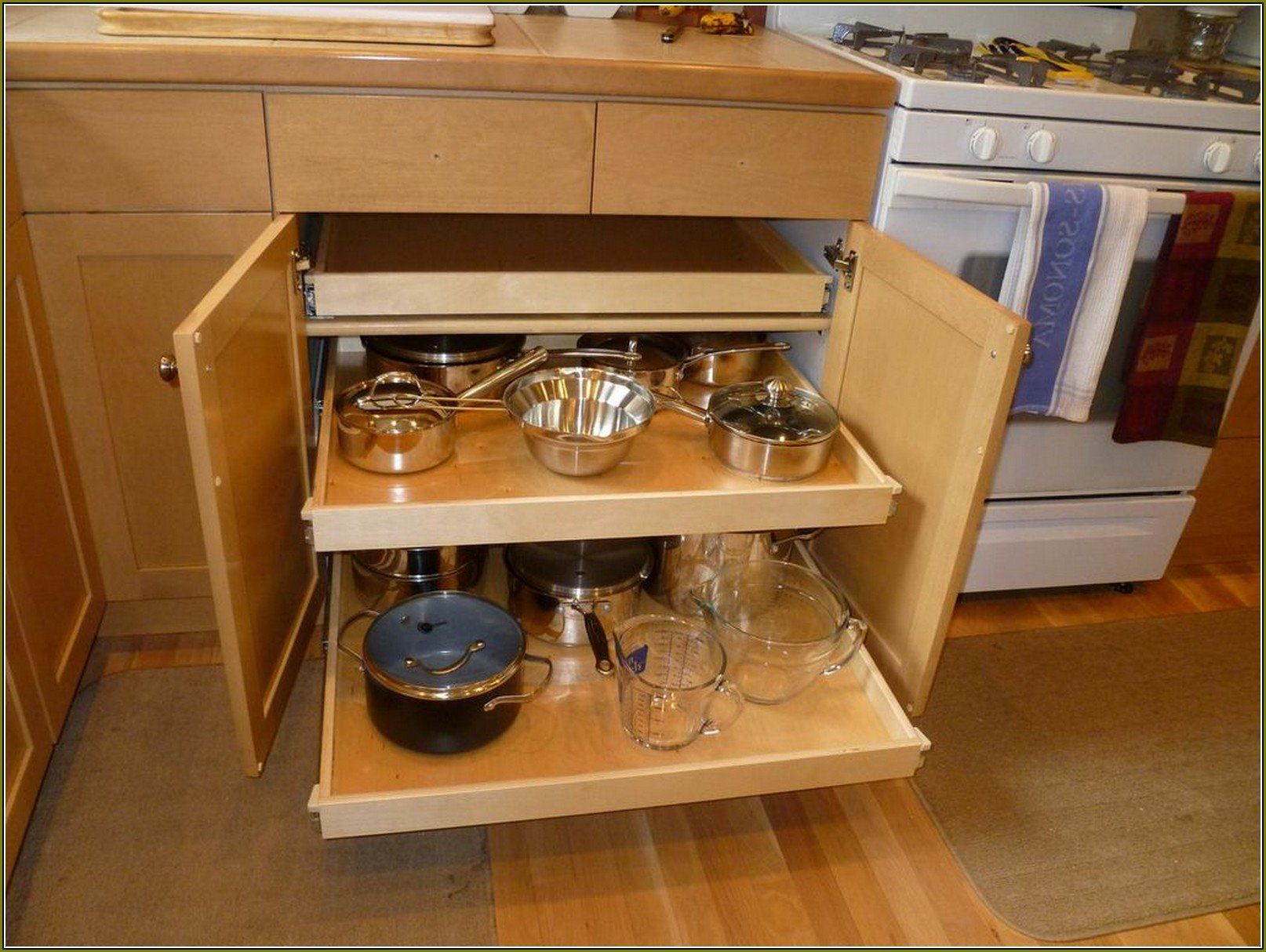
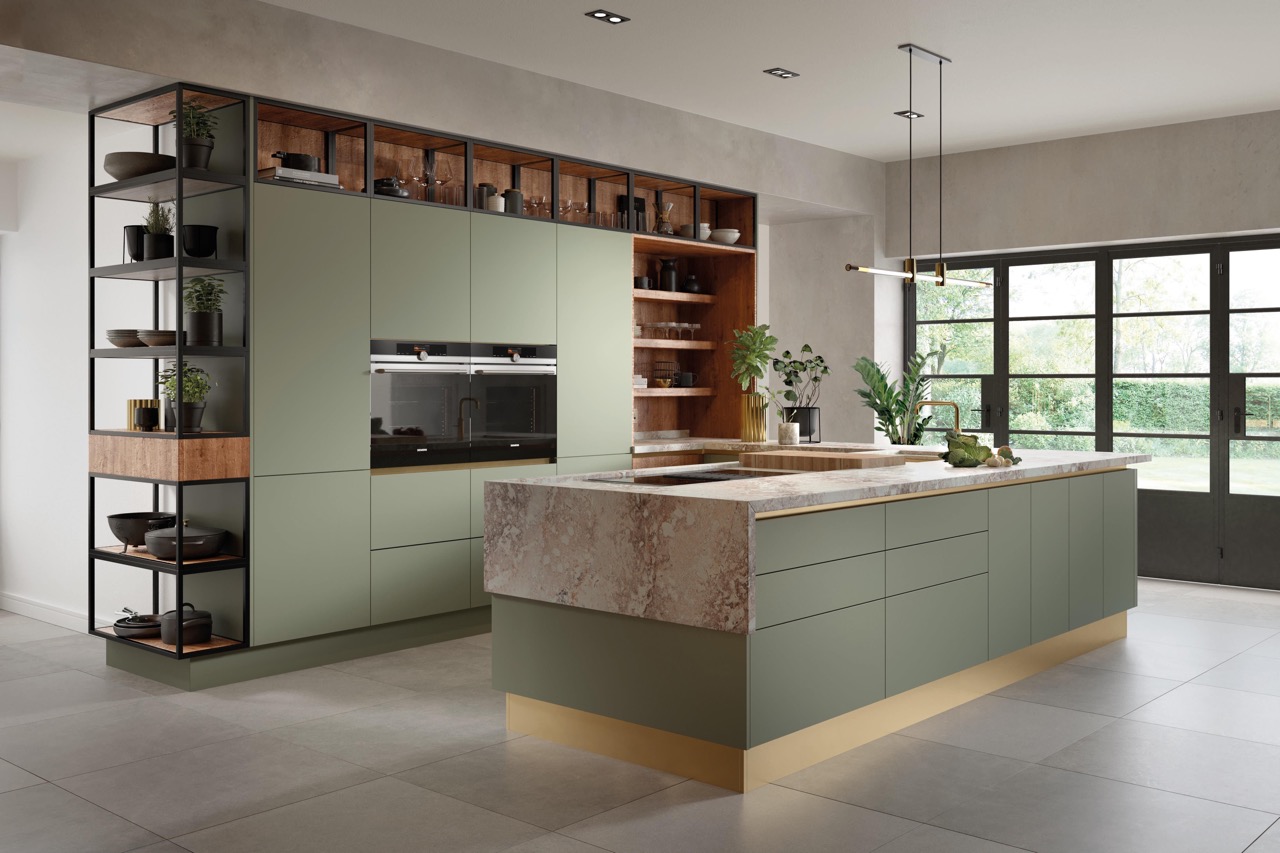
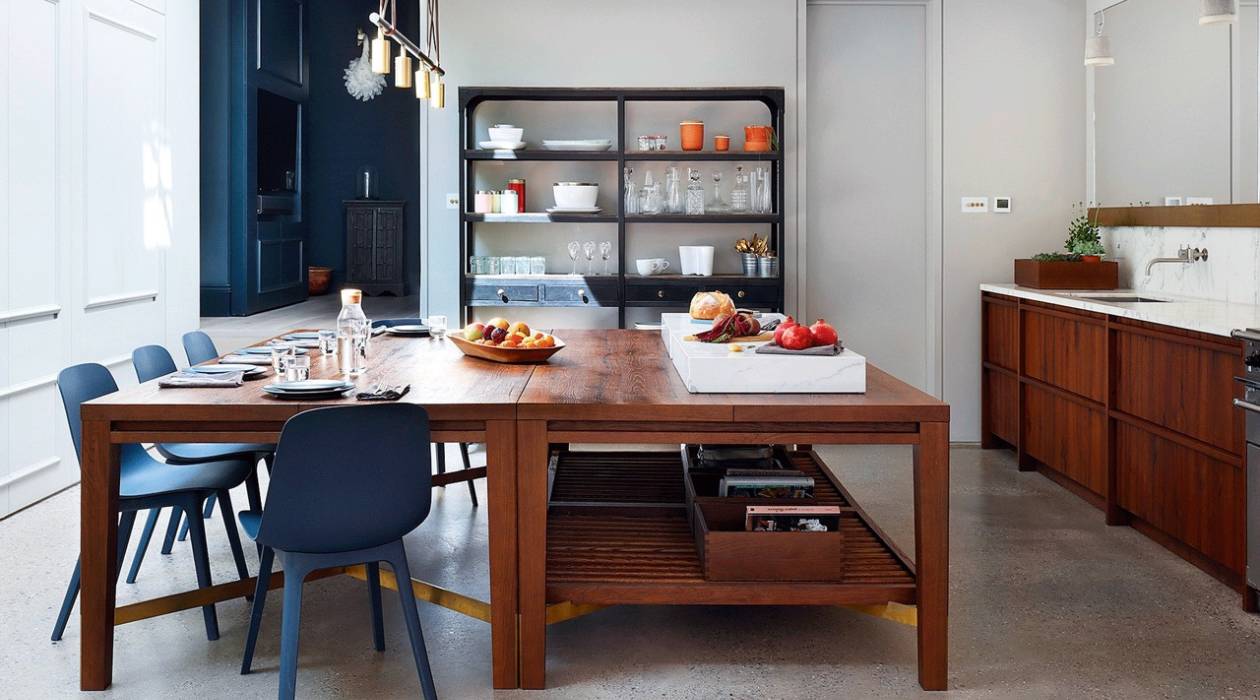
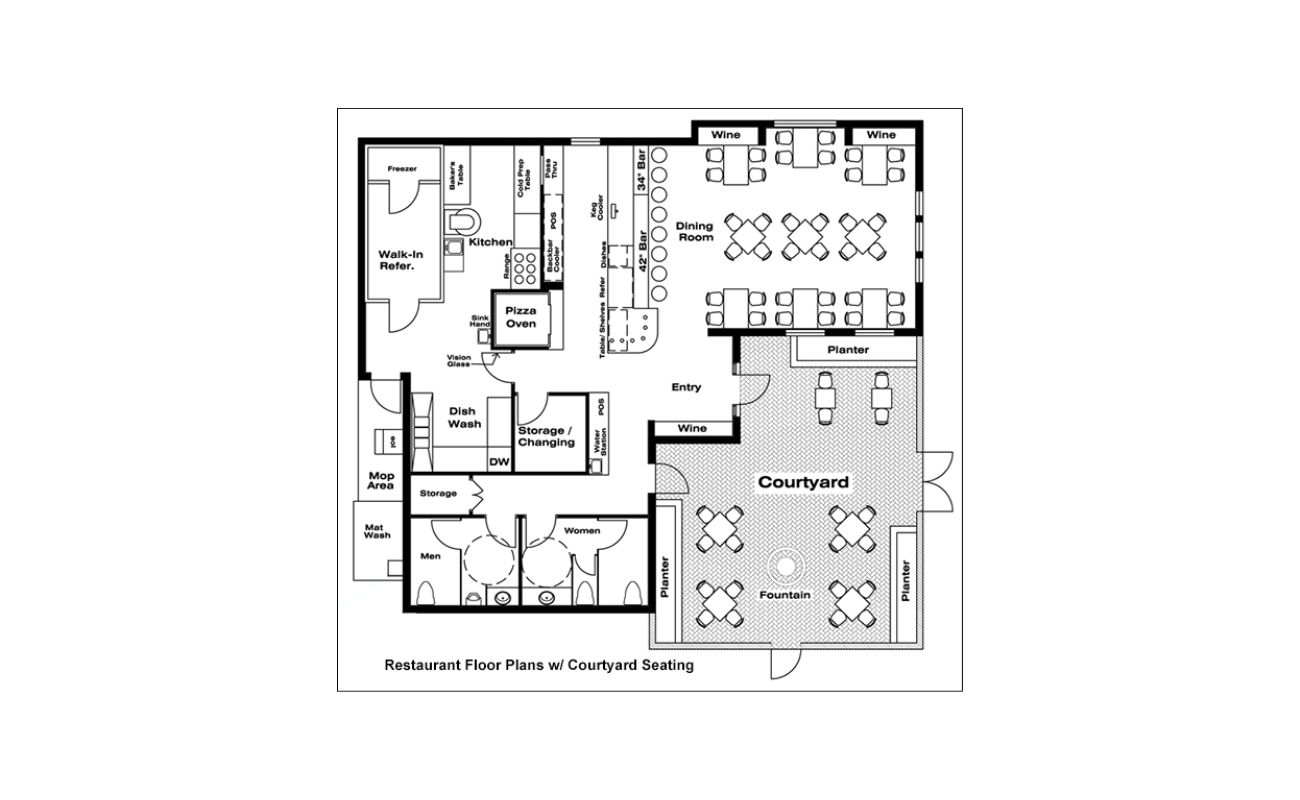

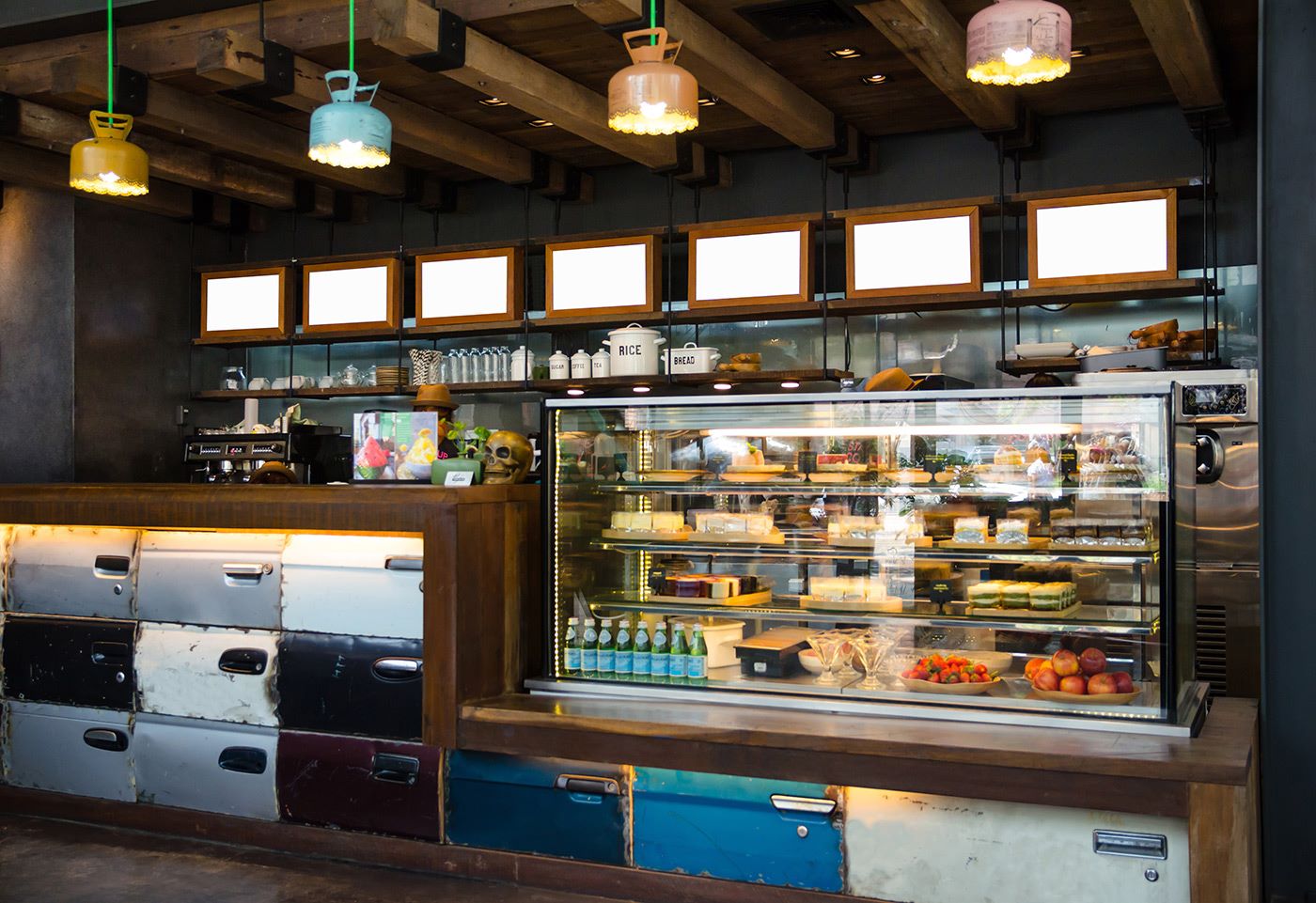
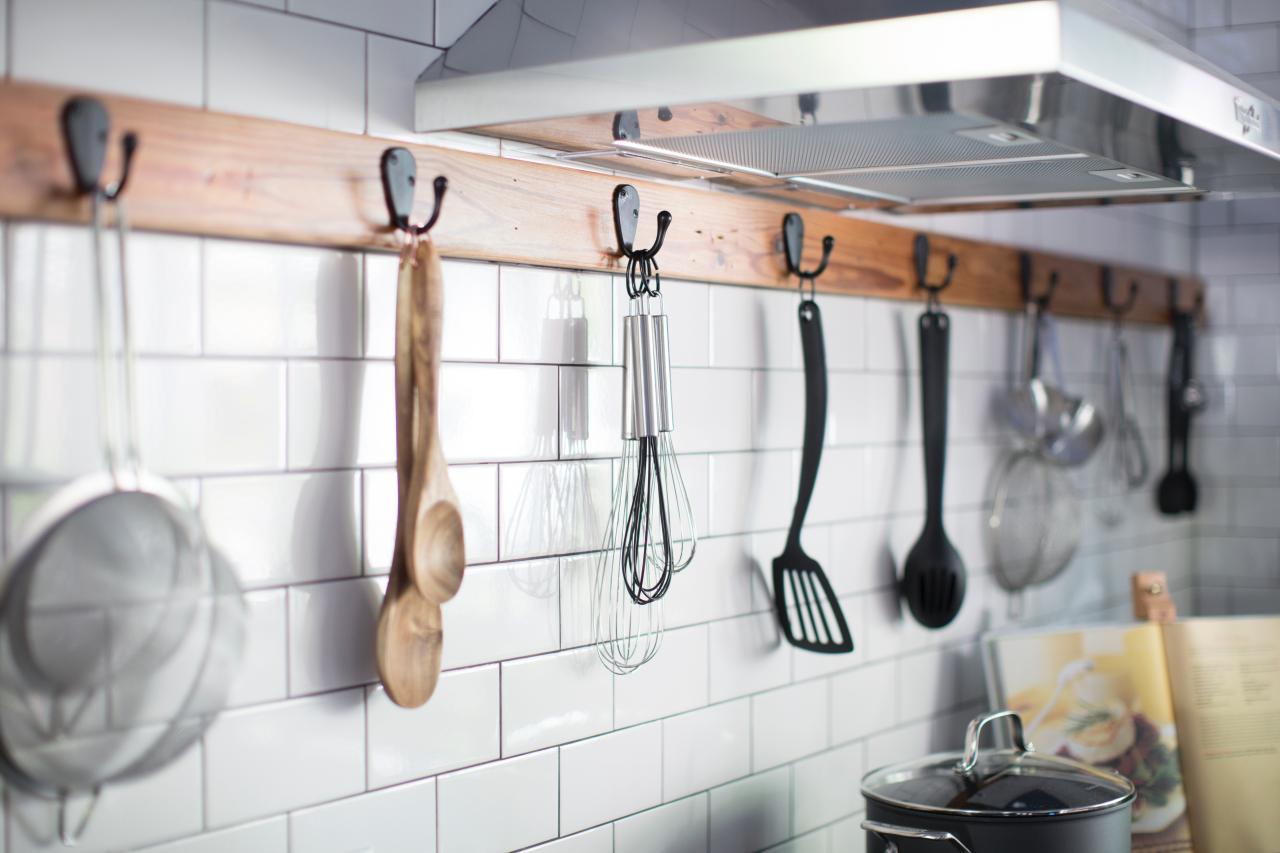
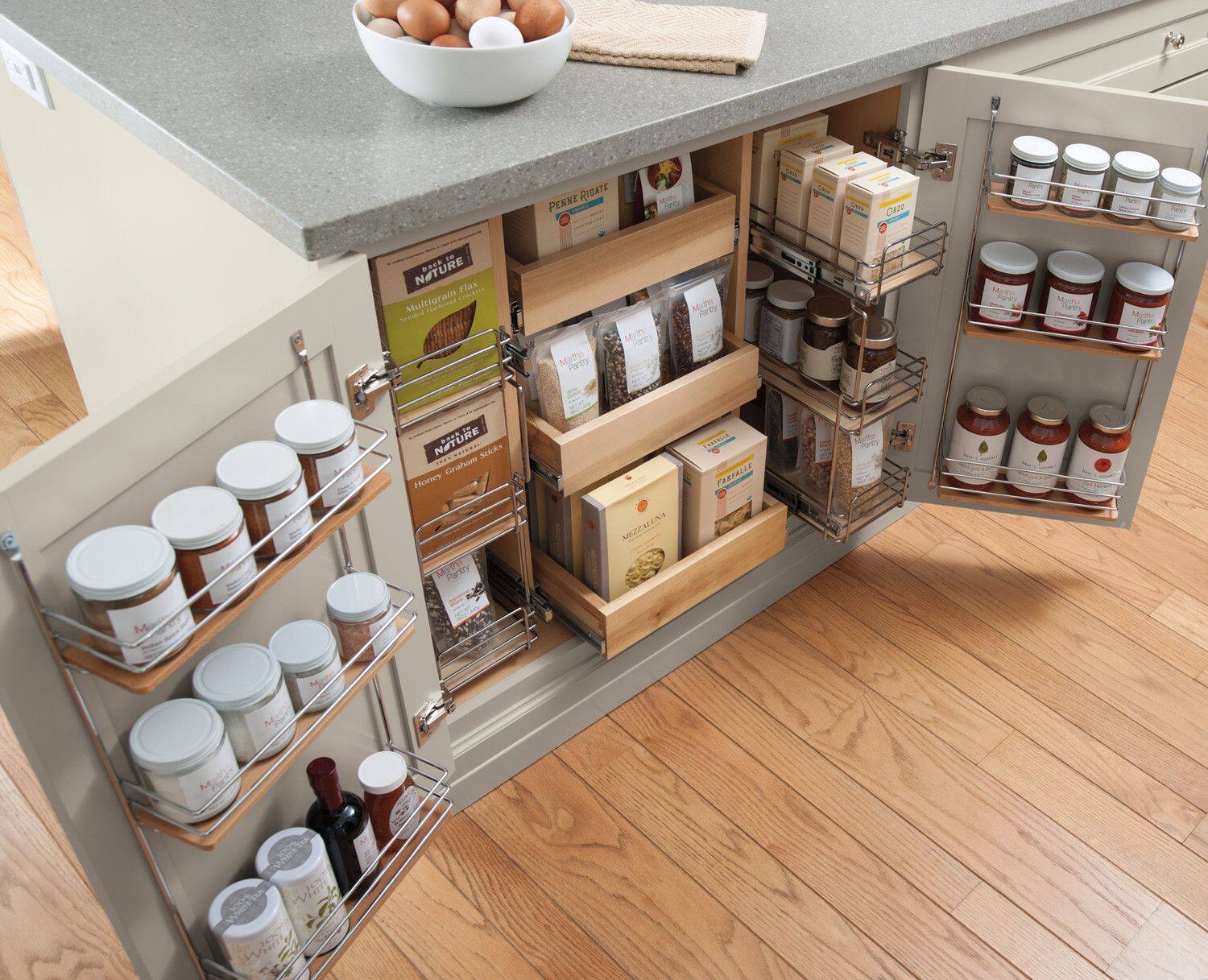
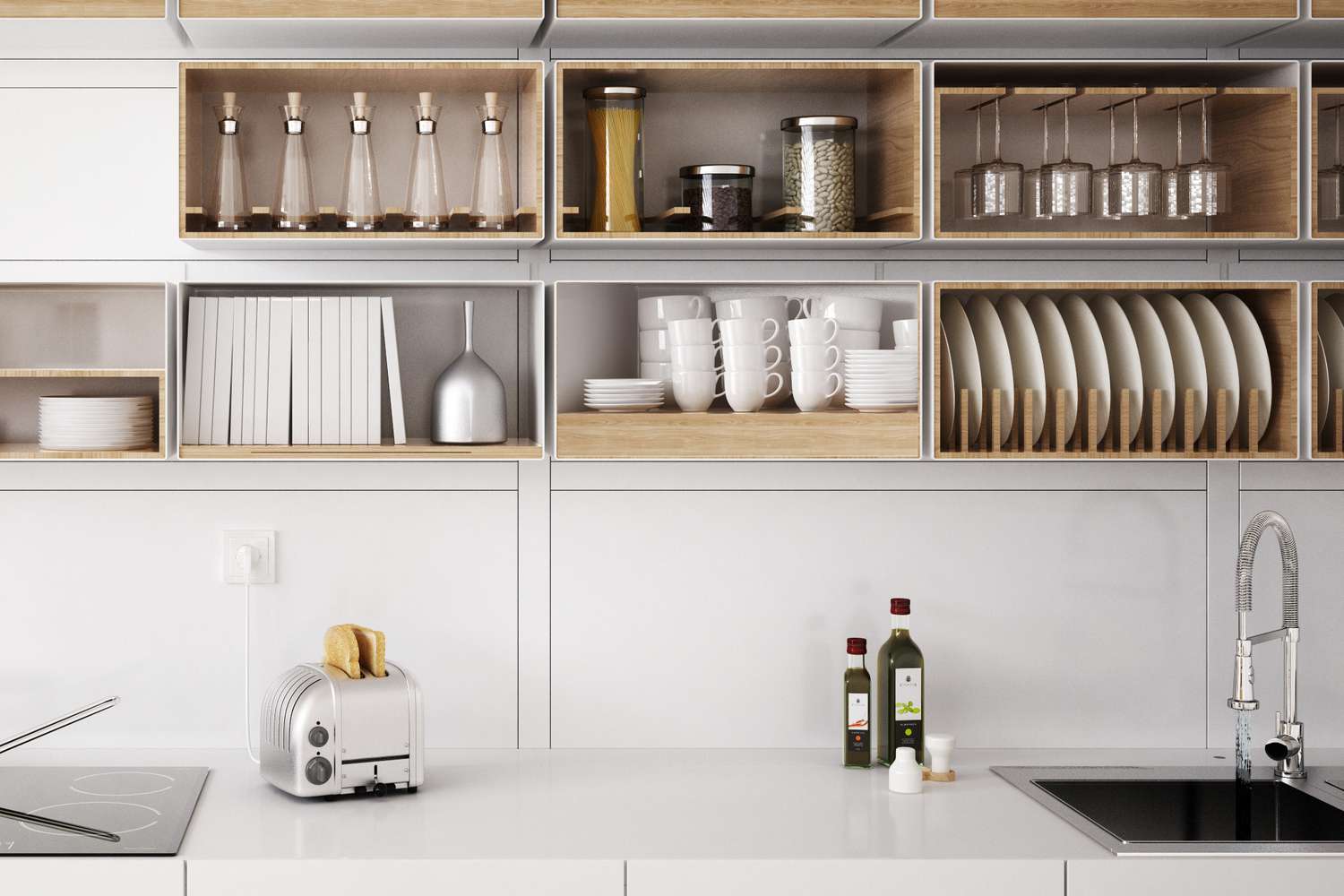
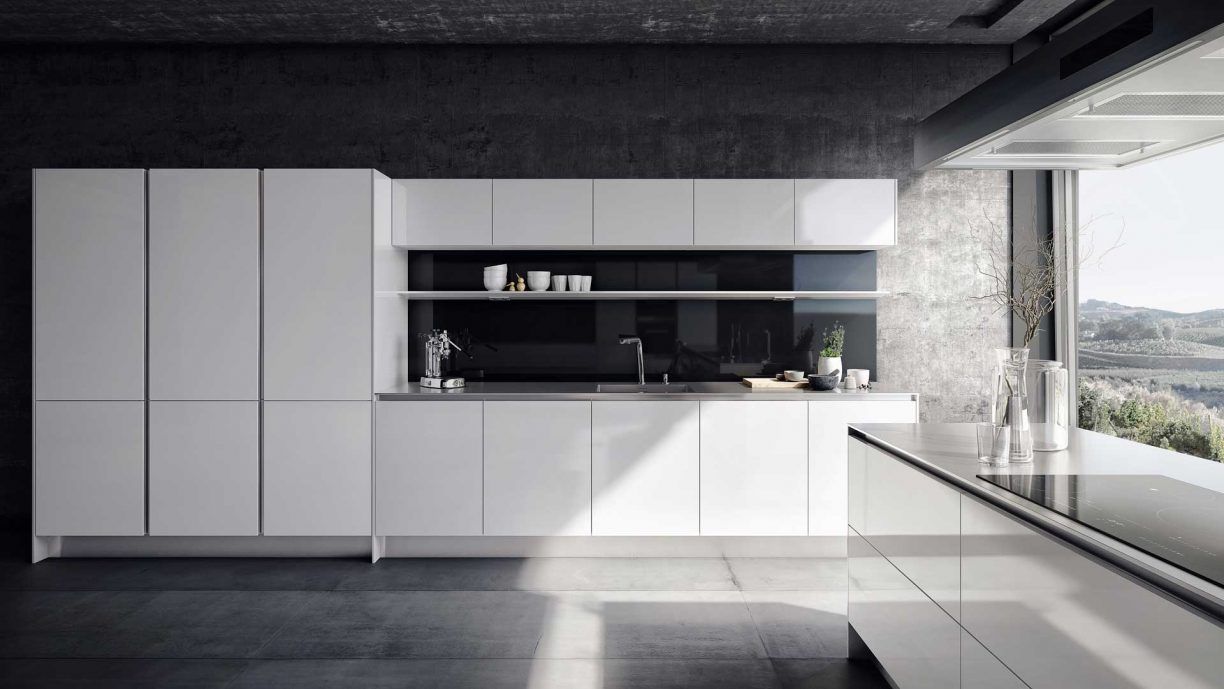


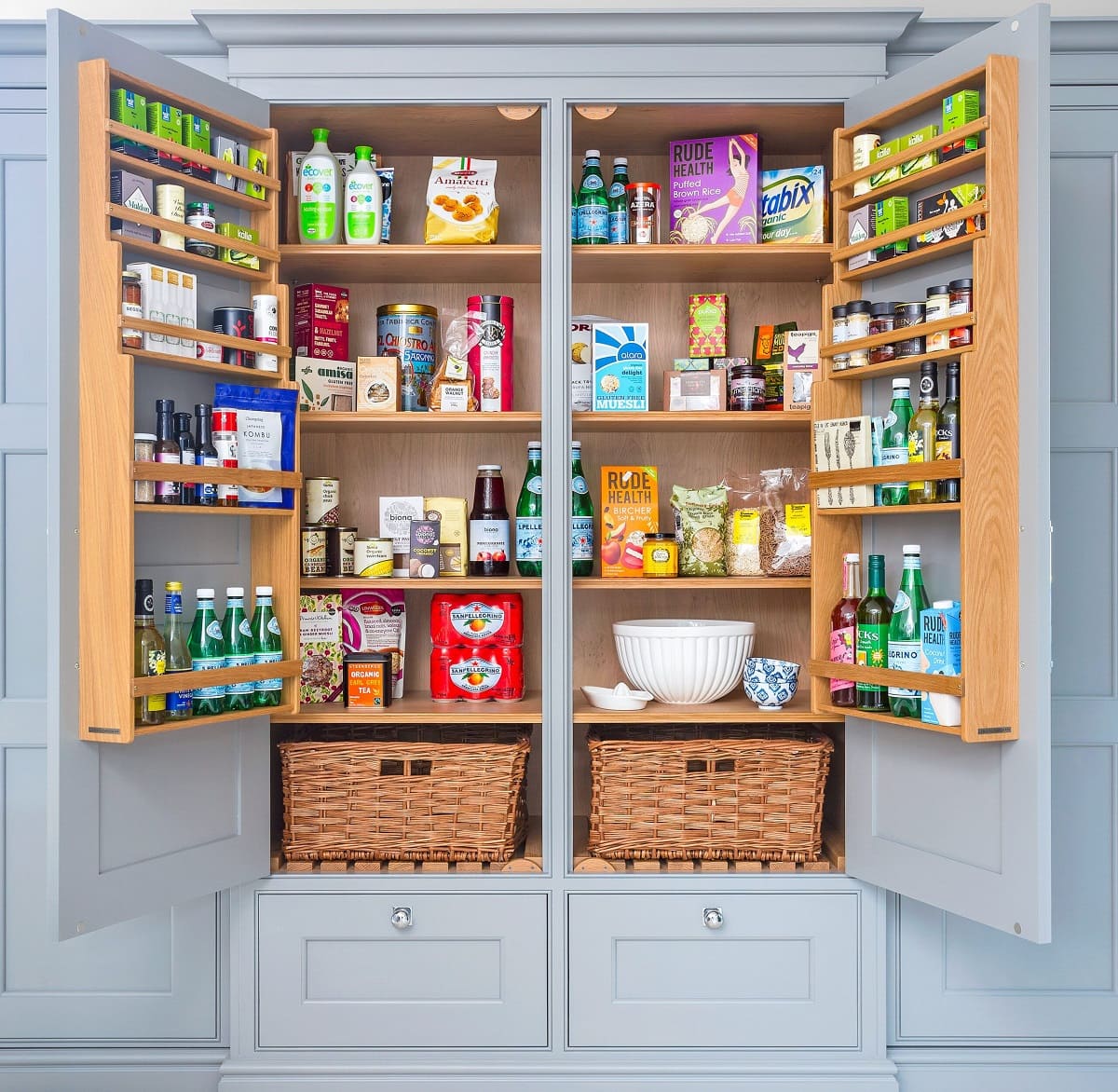

0 thoughts on “How To Organize Restaurant Kitchen”